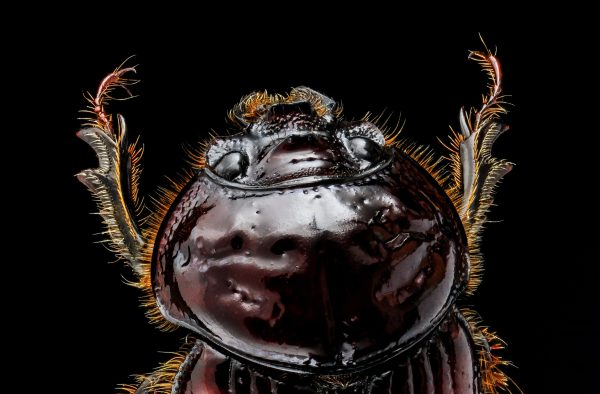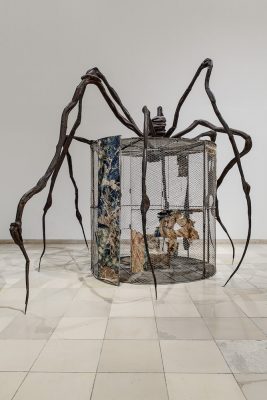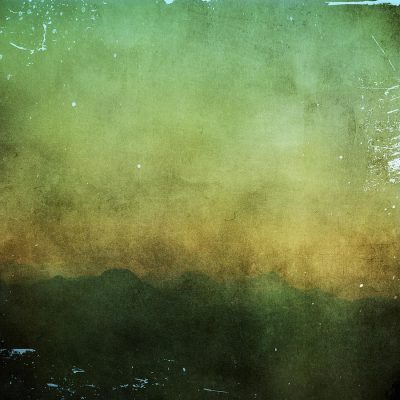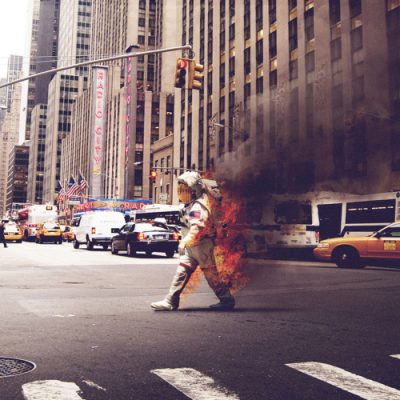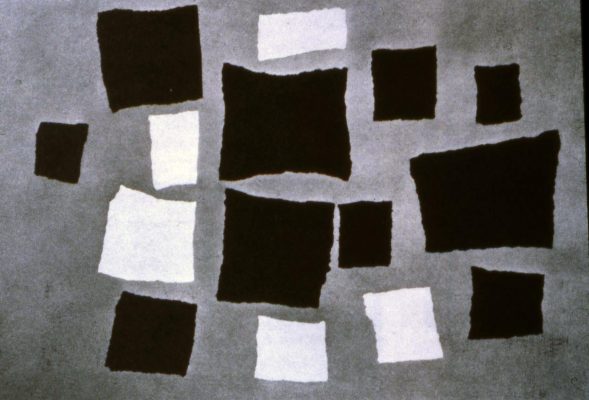Kate Zambreno
Kate Zambreno is the author most recently of Drifts (Riverhead) and To Write As If Already Dead, a study of Hervé Guibert (Columbia University Press). Forthcoming in Summer 2023 from Riverhead is The Light Room, a meditation on art and care, as well as Tone, a collaboration with Sofia Samatar, from Columbia University Press in early 2024. ‘Insekt’ is part of an in-progress work of fiction, Realisms. She is a 2021 Guggenheim Fellow.
READ NEXT


